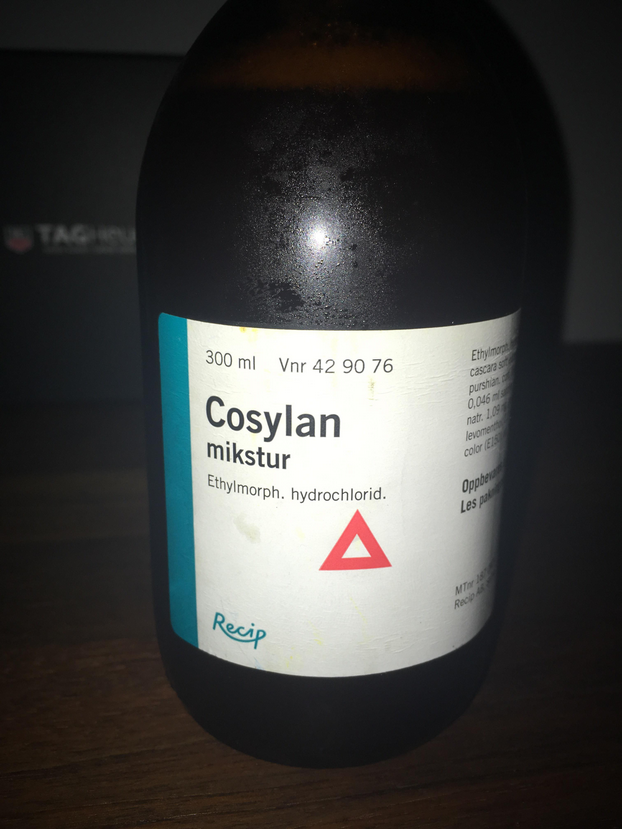|
Name: Ethylmorphine
Type: Opioid
AKA: Dionin

|
|
II. Natural Derivative

|
|
III. Chemical Profile (IUPAC name)

|
|
IV. History
Ethylmorphine, a morphine derivative, was first synthesized in the late 19th century. It was used primarily as a cough suppressant and analgesic. The substance's introduction was part of early efforts to develop effective opioids for pain management. Over time, concerns about its potential for addiction and misuse led to stricter regulations. Despite its historical significance in medicine, ethylmorphine's use has declined as more effective and safer alternatives have been developed.

|
|
V. Legal Information
Ethylmorphine, an opioid analgesic, is classified as a Schedule II controlled substance in the US, allowing limited medical use but reflecting high abuse potential. It is similarly regulated in many countries. The UNODC emphasizes the need for balanced regulation to ensure safe medical use while preventing misuse. Trends indicate ongoing control measures to address opioid misuse.
US Federal Schedule - II
Schedule II drugs, substances, or chemicals are defined as drugs with a high potential for abuse, with use potentially leading to severe psychological or physical dependence. These drugs are also considered dangerous. Some examples of Schedule II drugs are: combination products with less than 15 milligrams of hydrocodone per dosage unit (Vicodin), cocaine, methamphetamine, methadone, hydromorphone (Dilaudid), meperidine (Demerol), oxycodone (OxyContin), fentanyl, Dexedrine, Adderall, and Ritalin.
Key US Federal Policies:
Controlled Substances Act. Public Law: Public Law 91-513 (text can be found on GovInfo) (https://www.dea.gov/drug-information/csa). Date enacted: October 27, 1970.
|
|
VI. Physical Effects
Ethylmorphine is an opioid used for pain relief and cough suppression. It acts as a downer, causing sedation and respiratory depression. Short-term use can be effective for pain management, but long-term use may lead to addiction and respiratory issues. Overdose risks include severe respiratory depression and potential death. Safe use involves careful dosing and medical supervision. Recent research focuses on its efficacy and safety relative to other opioids.  |
|
VII. Psychological Effects
Ethylmorphine, an opioid, interacts with mu-opioid receptors, leading to euphoria, pain relief, and sedation. Immediate effects include mood elevation and analgesia, lasting several hours. Long-term use may result in addiction, cognitive impairments, and mood disturbances. Research highlights its potential for dependence and impact on opioid receptors and psychological health.
 |
|
VIII. Culture
Ethylmorphine, an opioid analgesic, has been used for pain relief and as a cough suppressant. Historically, opioids have been central to pain management, from ancient opium use to modern pharmaceuticals. Ethylmorphine's cultural significance is tied to the broader opioid narrative, including issues of pain treatment, addiction, and regulatory control. While it has not been as prominent in modern opioid discussions, it represents the ongoing challenges and complexities of opioid medications in healthcare. Public and media discourse often focus on the need for effective pain management alongside strategies to mitigate abuse and addiction.
 |
